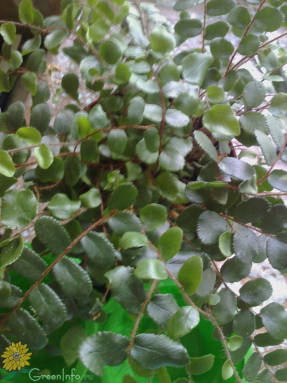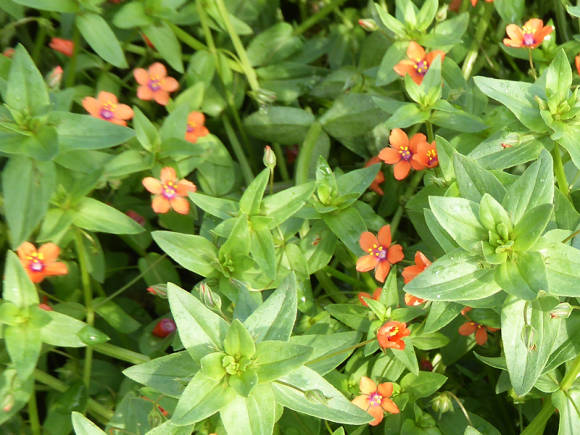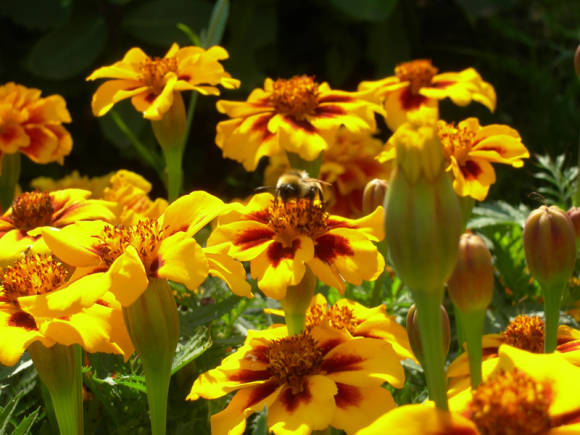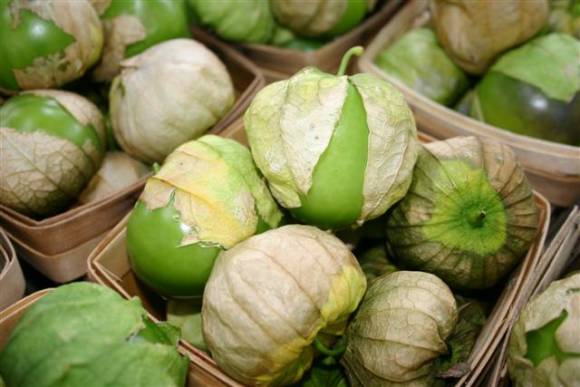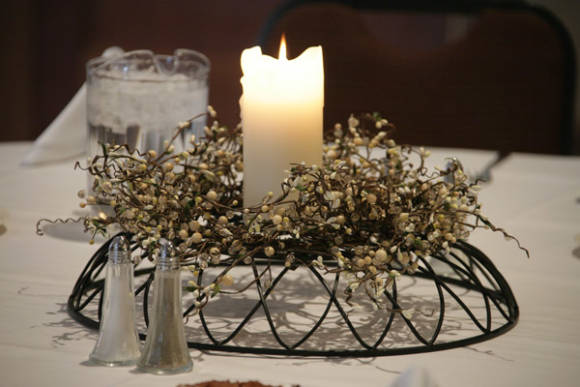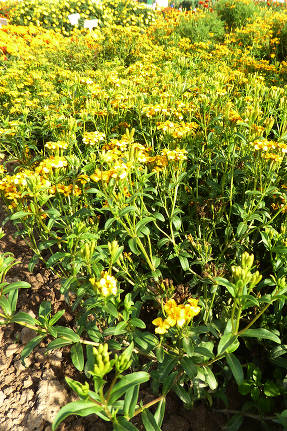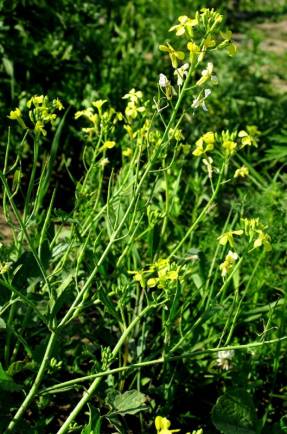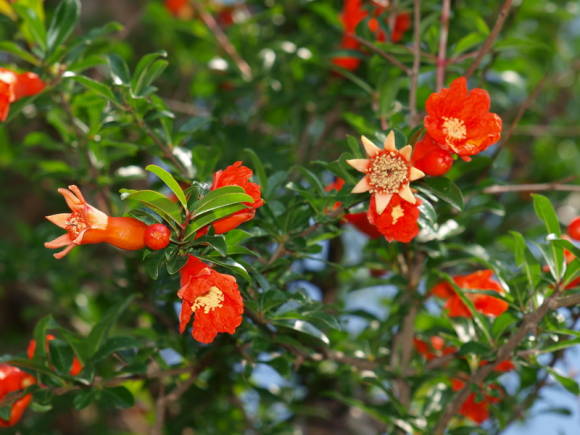
Many people think that once they have harvested the strawberry beds, they can relax until spring. However, in fact, there is a big mistake here, because as soon as the garden strawberry pumps up fruiting and gives up the last berries, it immediately goes to work and begins to lay the harvest next year.
You should not postpone the struggle for the future harvest, you should start it immediately after harvesting the berries and continue until the strawberry bushes are covered with a thick layer of snow.
Where to start first?
The first step is to remove all the old mulch layer that was on the beds, it can be straw or sawdust. Considering that diseases and pests could well settle there during the season, the mulch must be removed and destroyed outside the territory of the site.
The next important stage is the fight against weeds, and it is better - immediately after watering or rain, when the weeds are perfectly pulled out by hand.
Another stage is loosening the soil, it normalizes both the air and water balance of plants. However, it must be done carefully so that the fragile root system of strawberries is not injured. At the same time, the hilling of the plants can be carried out. It is advisable to sprinkle strawberries with loose, moist and nutritious soil in order for additional roots to form. But it is important to prevent the plant's "heart" from sprinkling.
After that, take a rake with thin and sparse teeth, clean out all the old leaves on the plants and burn them outside the territory of the site, because wintering stages of pests and diseases can accumulate there.

Do not forget about periodic watering of the beds with strawberries, it should be carried out as the soil dries out.
We also need feeding of strawberry plants, and, of course, treatments against pests and diseases.
Let's take a closer look and start by removing the leaves and whiskers, as well as the strawberry pruning scheme.
You should definitely know that the renewal of leaf blades in garden strawberries usually occurs three times during the growing season: in spring, in summer and in autumn. Scientists have found that one leaf blade of strawberries lives for about two months, then it grows old, dries up and either falls off or remains hanging on the plant.
The most important thing for strawberry plants is the spring regrowth of leaves, which is the key to successful fruiting. As soon as the harvest is over, the next stage of the formation of leaf blades starts, which is associated with the laying of flower buds and the storage of nutrients for the harvest already next year. The foliage formed in the autumn period of time serves for the most part for the full overwintering of garden strawberry plants.
How to understand that the leaves are to be removed? Usually, various kinds of spots are formed on them, they can be whitish, scarlet or red. In the process of natural withering away, strawberry leaves absorb many nutrients from the plant and can even cause its depletion. In this regard, after about 20 days after the end of fruiting, the old leaves must be removed - you can comb them, you can cut them out.
In the same period, it is quite possible to remove the mustache, if, of course, they are not needed for the establishment of a future young plantation.
Removing the foliage will not only slow down the outflow of nutrients from the plant to nowhere, but also save the bushes from possible pests and diseases that can accumulate on the foliage.
Naturally, all strawberry foliage removed in one way or another must be removed from the site.
If the plantations under strawberries are such that there is no way to manually remove old leaves, you can use mowers, trimmers, the main thing is that the mowing height is 5-7 cm, so as not to damage the growing point, the so-called " heart "of the plant.
Remember that it is appropriate to mow or otherwise remove old foliage if the bushes are more than 2 years old, but on young plants it is permissible to cut out either diseased or dried leaves. After removing the leaves, the soil under the plants must be carefully loosened and poured into a bucket of water for each square meter.

About watering
Very often they ask the question - is it necessary to water the garden strawberries, which have completely finished bearing fruit. We answer - of course, it is necessary, during this period the harvest of the next year is laid and the soil must be in a slightly moist state. After fruiting ends, strawberry plants begin to lay generative buds, develop a root system, and so on. The frequency of watering should be at least once a week, and it is better to water it in the evening under the root, but not by sprinkling. At the end of watering, be sure to loosen the soil to maintain normal air and water exchange and prevent crusting on the soil surface. It's great if, after watering, you have the opportunity to mulch the soil, for this you can use humus with a layer of 2 cm.
Speaking of mulching, it allows you to make the soil looser, prevents the formation of a soil crust, inhibits the growth of weeds, and if humus is used as mulch, it will serve as additional nutrition and improve soil fertility.
Not only humus can be used as mulch, but sawdust, straw, dry grass, compost and even needles are suitable here.
Top dressing
With the end of fruiting, the plants are weakened as much as possible, because they gave all their strength to the formation of berries, so feeding is necessary, and not one-time, they need to be done three times.
- The first feeding is usually done in August, as soon as the old leaves are removed. At this time, nitrogen fertilizers, for example, urea, are suitable, a tablespoon of it must be diluted in 10 liters of water and this volume should be spent on 1 m2. Such feeding will stimulate the growth of young plant leaves.
- After 14 days, it is permissible to make a second top dressing, this time we recommend using organic fertilizers with the addition of superphosphate and potassium sulfate, 15 g per 1 m2. Consider - superphosphate does not dissolve well, it should first be diluted in a liter of boiling water. Such feeding stimulates the establishment of flower buds in plants.
- The third top dressing can be done in mid-September, at this time a mullein solution will be a very successful fertilizer, it is applied in an amount of 200 g per 1 m2 of strawberry plantations.
In addition, the crop responds very well to fertilization with ammophos. Consumption rate - up to 30 grams per 1 m2. Ammophoska should simply be scattered over the surface of the soil, having previously dug it up and moistened, and then sprinkle it a little with soil.
It is also permissible to water the plants with a solution of ammophoska, 20 g per 1 m2 of the garden during the first feeding.
Good results for the second feeding are obtained by nitrophoska and nitroammofosk, it only needs a tablespoon per 1 m2.
Protection from pests and diseases
Is it worth fighting pests and diseases, because the crop has already been harvested? Of course it is. After removing the old foliage, the plants need to be sprayed with a 1% solution of potassium permanganate.
In the presence of a weevil on strawberry plants, it is necessary to carry out the treatment with the "Taran" preparation, in the evening and strictly following the instructions on the package. Also, this pest can be dealt with with folk remedies - take 12 drops of ordinary medical iodine, dissolve in a bucket of water, and process the plants in the evening, wetting the entire above-ground mass.
Sometimes strawberries are affected by the strawberry mite, such drugs as Fitoverm, Fufanon, Aktellik, Kemifos are effective against it.
Preparing for winter
Before the very cold weather, you need to weed out all the weeds, mulch the bushes with humus with a layer of 2 cm, sprinkle with foliage on top and put spruce paws to keep the leaves flying around the site. But before that, be sure to inspect all the bushes and be sure to remove all diseased and old leaves.
Remember - you cannot remove the foliage too much. With a small number of leaf blades, plants can enter the winter weakened, and even being covered, they can freeze slightly.
Examine also the bases of the bushes, if you notice bare roots, then they must certainly be covered with nutritious, moist and loose soil, the main thing is not to cover the growing point.
As soon as real frosts come, you need to throw deadwood and spruce branches on the beds with strawberries in order to "strengthen the structure" even more.
As you can see, caring for garden strawberries is simple, but very important, so you should not neglect it if next year you want to get a rich harvest of healthy early berries.

Photos provided by the author
